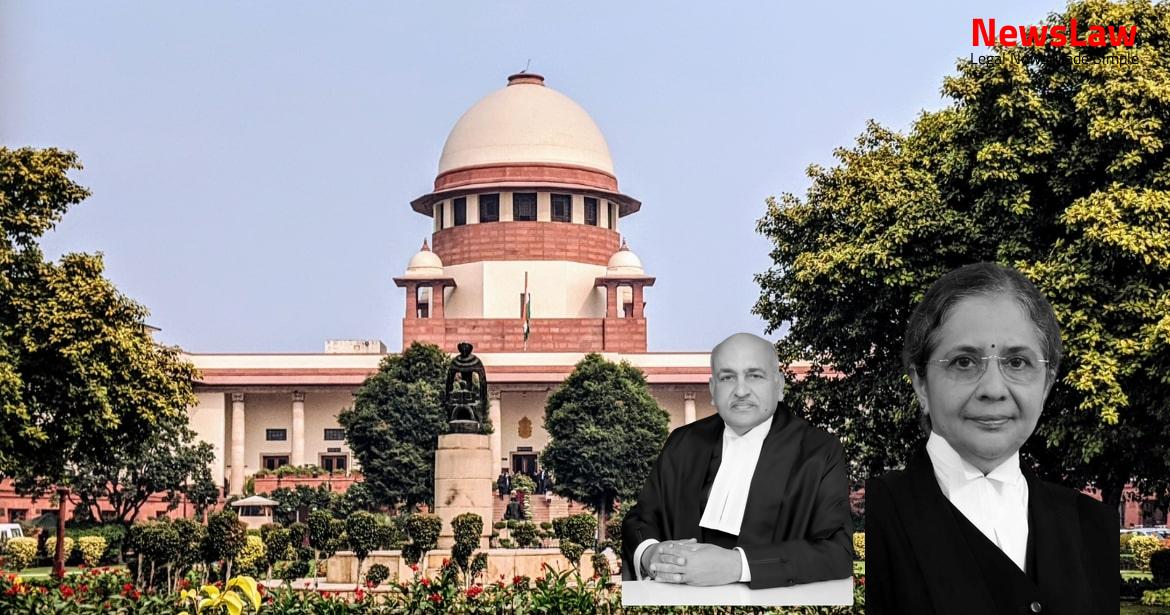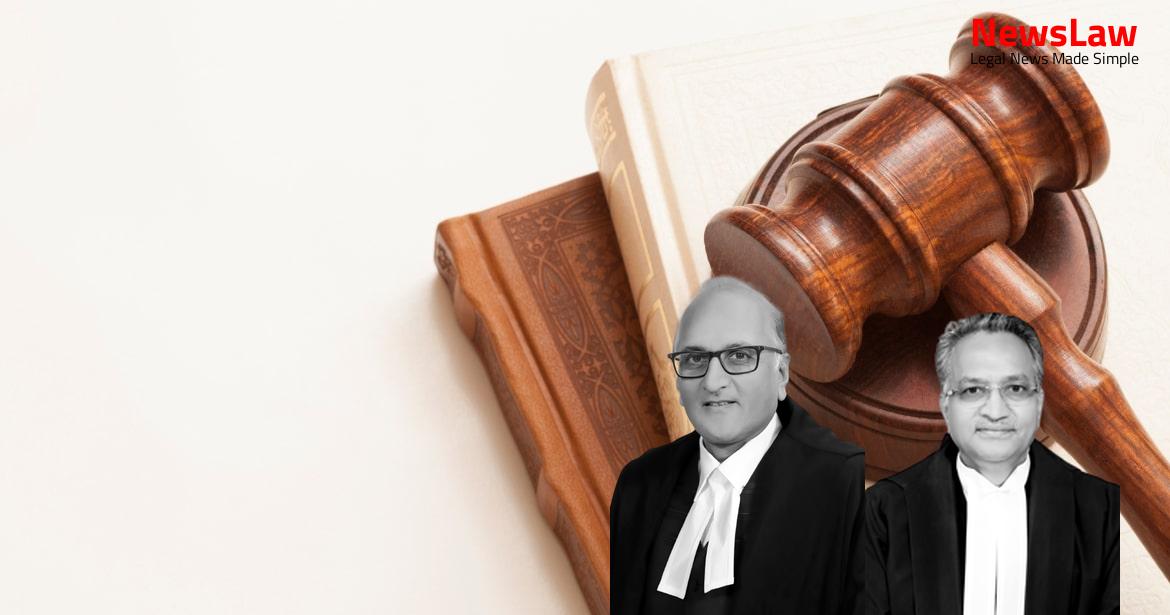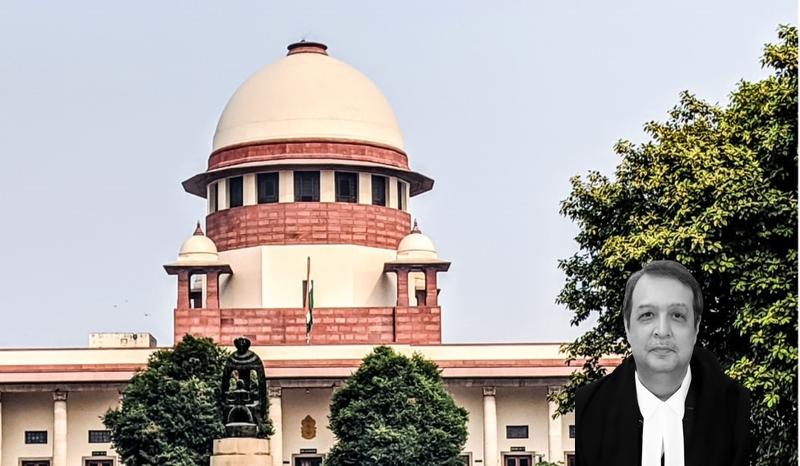In a complex legal battle, the court’s scrutiny of accomplice involvement is under scrutiny. The debate surrounds the acquittal of one of the accused based on lack of overt acts attributed to him. Dive into the details of the court’s legal analysis and explore the implications of this decision in the ongoing case.
Facts
- The appellant, son of the deceased, is aggrieved by the High Court’s decision to acquit the respondent, original accused No.2, for the offences under Section 302 read with Section 34 of the IPC.
- The High Court believed the eye witnesses regarding accused No. 1 but acquitted accused No. 2, mainly due to lack of overt acts attributed to him.
- The appellant, being dissatisfied with the acquittal of accused No. 2, has filed the present appeal against the impugned judgment and order.
- On the other hand, the accused, dissatisfied with the Trial Court’s conviction, had previously appealed to the High Court.
- Accused Udaibhan Singh and Jaiprakash Narain Singh @ Lala were tried for offences under Sections 302 and 302/34 of the IPC.
- Accused Udaibhan Singh shot the informant’s father with a country-made pistol in the night while the witnesses were present.
- Jaiprakash Narain Singh @ Lala encouraged the shooting by exhorting Udaibhan Singh to shoot the victim.
- Both accused ran away after the shooting towards North.
- Informant lodged an FIR mentioning the enmity between the families of the accused and the victim.
- The case was committed to the sessions court due to it being exclusively triable by the Court of Sessions.
Also Read: Ruling on Circumstantial Evidence in Murder Case
Arguments
- Appellant is dissatisfied with the judgement acquitting accused No.2.
- All three eye witnesses named accused No.2 as being present at the scene of the crime.
- Accused No.2 allegedly encouraged his son to murder the deceased.
- Prosecution has established motive for the crime.
- Trial Court correctly convicted accused No.1 with aid of Section 34 of the IPC.
- The finding/observation of the presence of the accused is based on surmises and conjectures
- Presence of the accused has been established by eye witnesses PW-1, PW-2, and PW-4
- High Court believed the evidence of the eye witnesses
- No reason to doubt the presence of the accused at the place of incident
- State’s counsel argues that the High Court erred in acquitting the accused
- Opposing the appeal, respondent’s counsel mentions cogent reasons given by the High Court for acquitting the accused
Also Read: Challenging Legal Presumptions in Negotiable Instrument Cases
Analysis
- The High Court, after confirming the conviction of accused No.1, should have also confirmed the conviction of respondent No.1 based on the testimony of the three eye witnesses.
- The High Court acquitted respondent No.1 for the offence under Section 302/34 of the IPC solely on the grounds of exhortation and not assigning any overt act to him.
- The reasoning for acquitting respondent No.1 was that the witnesses may have exaggerated his role to falsely implicate him; however, there is no reason to doubt the witnesses.
- The role of respondent No.1 in exhorting his son to kill the deceased was established and proved by the three reliable prosecution witnesses.
- Both accused – father and son – went together to the location where the deceased was sleeping, as confirmed by the witnesses and the High Court.
- The High Court acknowledged the reliability and consistency of all three prosecution witnesses in supporting the prosecution’s case.
- The finding recorded by the High Court is contrary to the evidence on record.
- The impugned judgment and order is unsustainable on both law and facts.
- The present appeal succeeds based on the reasons stated.
- High Court upheld the conviction of accused No.1 under Section 302/34 of the IPC, therefore, the conviction of accused No.2 should have been upheld as well.
- Both accused had a common intention, went to the place of the deceased at midnight, and the motive was established and proved.
- High Court’s error in acquitting respondent No.1 – accused No.2 is noted.
Also Read: Legal Analysis Critique in High Court’s Quashing Order
Decision
- The impugned judgment and order passed by the High Court acquitting respondent No.1 – original accused No.2 – Jaiprakash Narain Singh is quashed and set aside.
- The judgment and order passed by the Trial Court convicting respondent No.1 for the offence punishable under Section 302/34 of IPC and sentencing him to life imprisonment is restored.
- Respondent No.1 – original accused No.2 is directed to surrender within four weeks to undergo life imprisonment.
Case Title: OMKAR SINGH Vs. JAIPRAKASH NARAIN SINGH (2022 INSC 166)
Case Number: Crl.A. No.-000084-000084 / 2022



